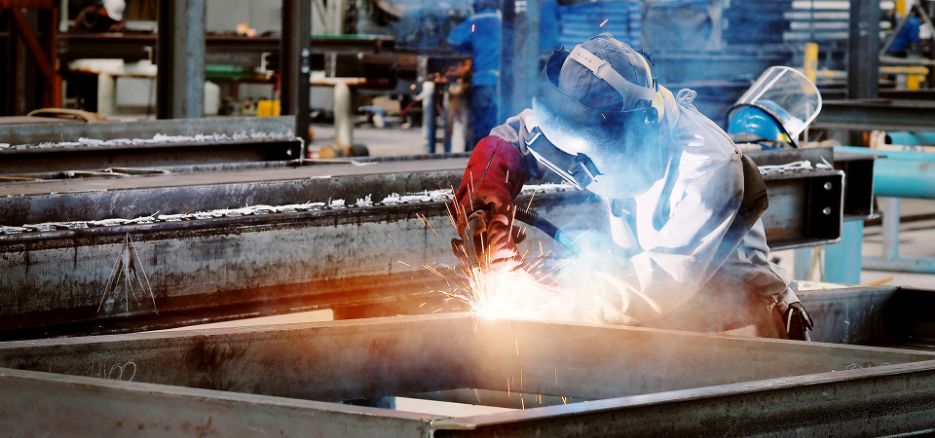What do skyscrapers, automobiles, rockets, and ships have in common? In all likelihood, they have all been welded. Anything made of metal, no matter how big or small, can be welded. Skyscrapers, bridges, and highways would be impossible to build without welding, as would oil and natural-gas pipelines, giant wind turbines, and solar panels.
The Evolution of Welding
The birth of welding can be traced back to the Bronze Age more than 5,000 years ago when a clever individual came up with an idea to heat a strong metal like bronze until it melted, then pound it with a hammer to make an object. Moving forward a few thousand years, people in Egypt and the Eastern Mediterranean began using welded alloys to make weapons and tools around 1400 B.C. This was the beginning of the Iron Age of civilization.
The art of blacksmithing, or forge welding, was developed during the Middle Ages from the 5thto the 15th century, according to the Welding Leader. Blacksmithing produced items made of iron that were welded together by applying heat and hammering. Then with the onset of the industrial revolution in the late 1800s, many pieces fell in place to make welding a driving force in manufacturing, including the invention of arc welding as we know it today.
In the last 100 years, welding processes have proven vital to the economical fabrication of almost all metal items. World Wars I and II both depended on quick and reliable methods for joining metals for implements of warfare. Over the last 50 years, welding and material joining has become more automated, productive, and safer. New processes – such as electron beam welding, friction welding, plasma arc welding, friction stir welding, explosion welding, and laser beam welding – have increased the range of materials and components that can be welded. In addition, industrial robots and computer-controlled automated welding are used today to improve both quality and productivity.
What Do Welders, Cutters, Solderers, and Brazers Do
Basically, welders and solderers use heat to permanently join pieces of metal together. Welding is the most common method used to join metal parts in large structures and equipment due to its strength. Soldering and brazing are similar processes to welding but are used on electronic and other small equipment and use lower temperatures to melt the filler metal.
Most welding done today falls into one of two categories: arc welding (the use of an electrical arc to melt the work materials) and torch welding (the use of an oxyacetylene torch to melt the working material and welding rod). There are more than 100 welding processes that a welder can use and most involve a skilled worker using a high-heat torch, filler material that is usually in wire or stick form, and pressure to permanently bond metal pieces.
Cutters use heat to cut and trim metal objects to a specific size. While the work of cutters is related to that of welders and solderers, cutters use heat from an electric arc or gases to cut and trim metal objects rather than joining them.
Workers in these occupations may work indoors or outdoors – sometimes in bad weather or in a confined area – and occasionally work at high elevations. Safety procedures are important for workers to follow due to frequent exposure to hazardous conditions that include extremely hot materials and intense light. To avoid injuries, safety procedures should be followed such as safety shoes, goggles, masks with protective lenses, and other equipment to prevent burns and eye injuries.




